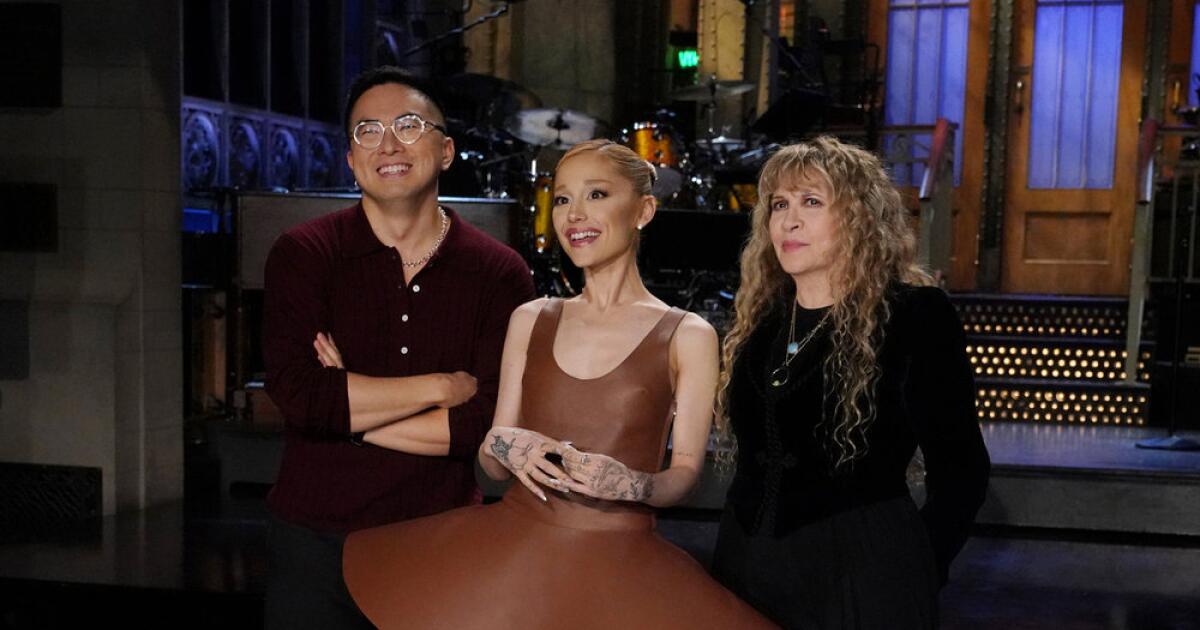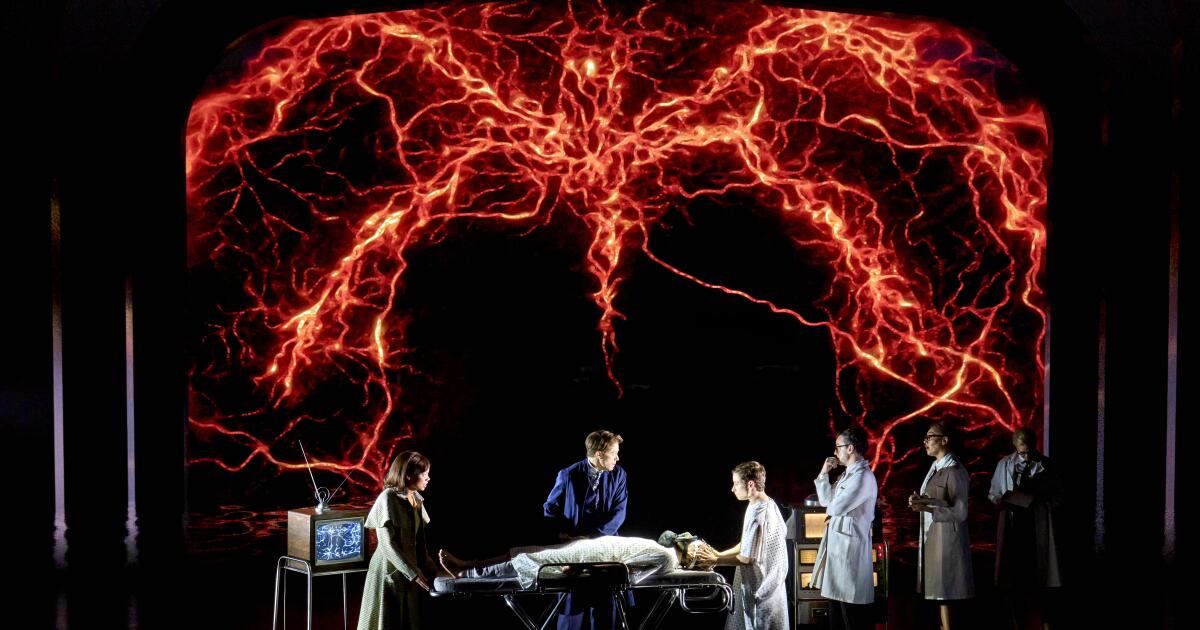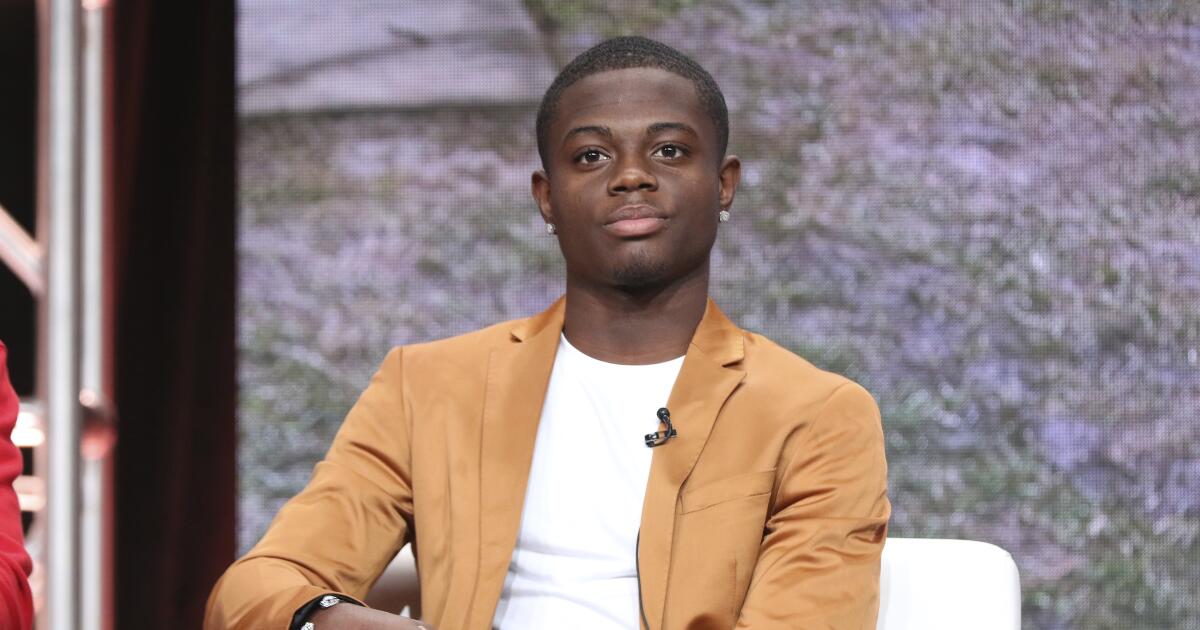The stale first-date question of “What’s your sign?” seems to be getting increasingly complicated. These days, it’s not enough just to know your zodiac sign — people want to dive head first into someone’s entire birth chart to get a better sense of who they are.
Of course, the more you know about a potential partner, the easier it is to determine how compatible you are. But it can get confusing, especially if you don’t even know the difference between a sun sign, moon sign, and rising sign.
Whether you’re a beginner astrologer or want to know more about the sun, moon, and rising sign differences, astrologers Narayana Montúfar and Laura Brown share everything to know about your big three.
Experts Featured in This Article
Narayana Montúfar is a senior astrologer at Astrology.com.
Laura Brown is an astrologer and founder of Intuitive Alchemy.
Sun, Moon, and Rising Sign Differences
Before we get into the sun, moon, and rising sign differences, let’s establish what exactly determines your sun, moon, and rising signs. For starters, your sun sign is what you likely already know. It is determined by your birth date and plays a role in the core aspects of your personality. Sun signs are determined by the sign (aka constellation) the sun is passing through on your birthday, based on the position of the constellations as ancient astrologers saw them.
Your moon sign, on the other hand, refers to the position of the moon at the exact moment you were born — specifically, which of the 12 zodiac signs the moon was in. Your moon sign plays into the deep inner aspects of yourself, like your emotions and how you feel and act when no one else is around.
Then, there’s your rising sign, which is also known as your ascendant. As you can expect based on the other definitions, your rising sign is determined by the sign that was rising on the eastern horizon at the exact moment (date, time, hour, minute) you were born. Your rising sign indicates the version of yourself that you present to the world — your outer identity or mask.
Of course, there’s more to your sun, moon, and rising signs than their definitions. Here’s a deeper dive into each one and some expert tips on how to read these three important signs together.
What Is Your Rising Sign?
Your rising sign is like your mask. Think of it as being who you are on a first date, Brown explains. And really, the saying about not judging a book by its cover should really be “Don’t judge a person by their rising sign.”
In other words, your rising sign is the face you wear in public. It determines “how others see you and the first impression you give,” Montúfar says. Your rising sign also represents your physical body, including “the energy that drives it,” Brown says. She adds that it’s “the version of yourself that you put on display.”
Your rising sign is dependent solely on birth time, and it changes every two hours. This means someone born at 5:30 a.m. would have a different rising sign than someone born on the same day at 7:30 a.m. The rising sign is always changing because Earth is continually rotating around its axis. With 12 zodiac signs in the 24-hour period that it takes Earth to make one full rotation, that gives each zodiac sign two hours on the eastern horizon.
What Is Your Sun Sign?
Your sun sign is your true self, digging into your basic identity and surface-level characteristics. “Your sun sign is a lot like your first name: it’s what people are most familiar with,” Brown says. “It’s your core, your innermost identity, and the space that you find the greatest ease and authenticity in leaning into.”
Your sun sign, sometimes called your “star sign,” is the zodiac sign you’re most likely to know. Your sun sign is more or less determined by your birth date. Each span is around four weeks long, which explains why it may be common for people with close birthdays to have similar personalities.
What Is Your Moon Sign?
Your moon sign is your heart, aka the deepest part of yourself. “If the sun represents your conscious mind, the moon represents your subconscious mind,” Montúfar says. Your moon sign is determined by birth place and time and changes signs every two-and-a-half days.
What are some things to know about your moon sign? Well, your moon sign affects all your feelings. According to Montúfar, someone’s moon sign establishes “emotional needs, the way you desire to feel nurtured, and how you behave behind closed doors.” Your moon sign likely wouldn’t even present itself when you first meet someone. It might take months (or years!) of getting to know someone for the moon to finally appear. On a more granular scale, this sign also suggests “how you relate to all nontangible things like dreams, imagination, intuition, and memory,” Montúfar says.
How to Read Sun, Moon, and Rising Signs Together
In order to understand a person as a whole, getting to know their sun, moon, and rising signs is crucial. And that’s because there are so many facets to consider before you get the full picture. For example, two people with compatible sun signs aren’t always guaranteed to be best friends, like you’d think. Brown gives an example: a fiery Aries and an independent Sagittarius would typically get along like PB&J; however, if either has a rising Leo, the competitive attitude of this sign can create a power struggle between the two. Likewise, if two people have “incompatible” zodiac signs, it doesn’t necessarily spell doom for a potential relationship if their rising or moon signs are more compatible.
In essence, sun, moon, and rising signs — the first signs any astrologer notices — can help you understand the many variables that every human being encompasses: your basic self, your masked self, and your deep self. These important signs can help guide you through your relationships and your own understanding of yourself, too.
— Additional reporting by Maggie Ryan
Katie Robinson is a former PS contributor.
Maggie Ryan was an assistant editor at PS. A longtime runner and athlete, Maggie has nearly four years of experience covering topics in the wellness space, specializing in fitness, sports, nutrition, and mental health.




:quality(85):upscale()/2024/07/10/954/n/1922441/49538dd3668f030b937ec3.63601901_.jpg)



:quality(85):extract_cover()/2023/06/08/781/n/1922398/185b1ad76482139762df14.68867602_.jpg)
:quality(85):upscale()/2024/06/10/791/n/1922153/5194dfa566673f120160a5.63750777_.jpg)

:quality(85):upscale()/2024/06/17/902/n/1922153/14265bec66709ef21fb212.53265696_.jpg)



